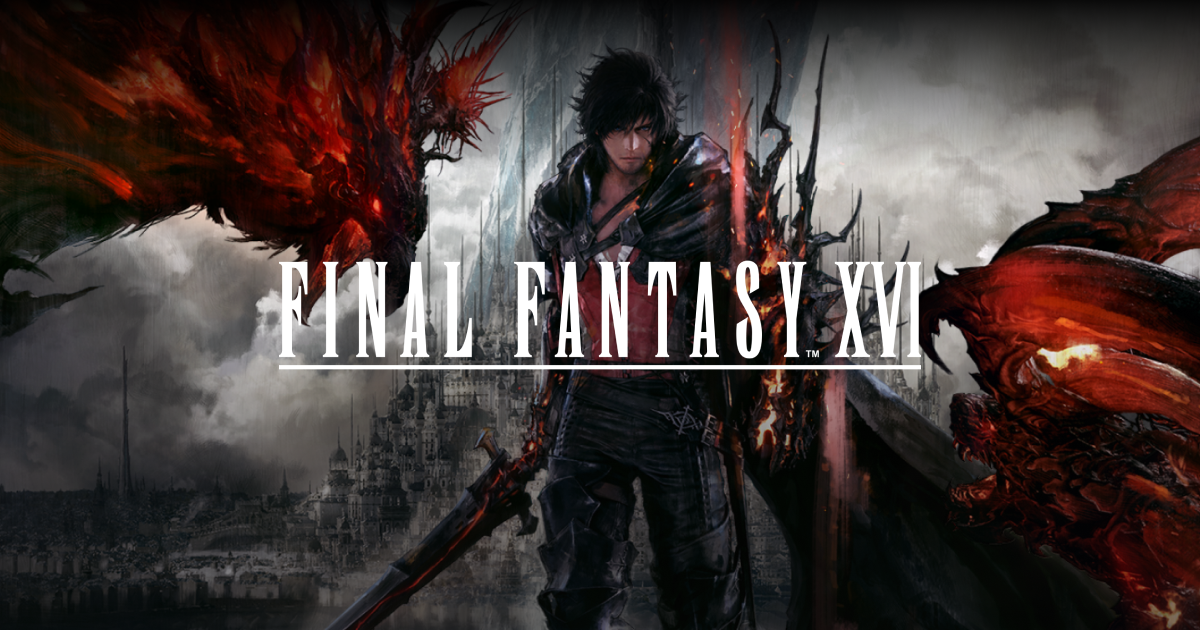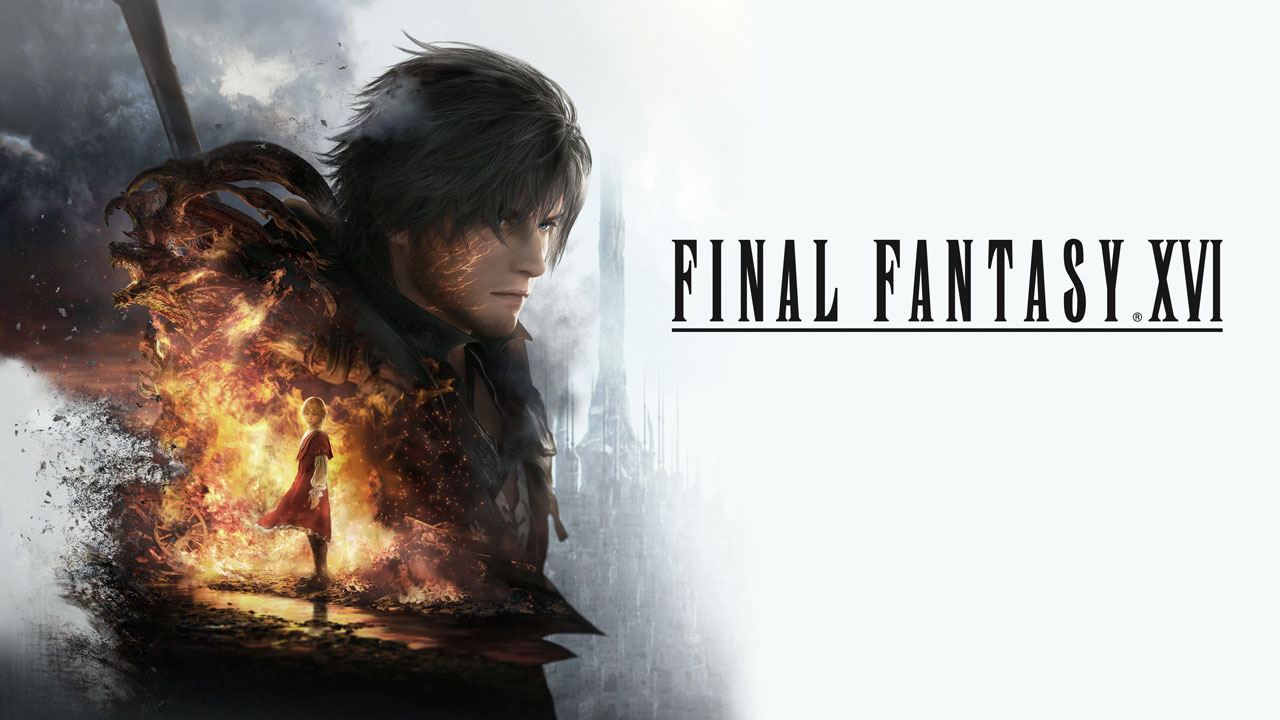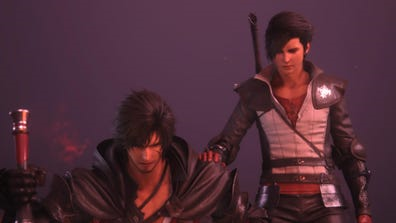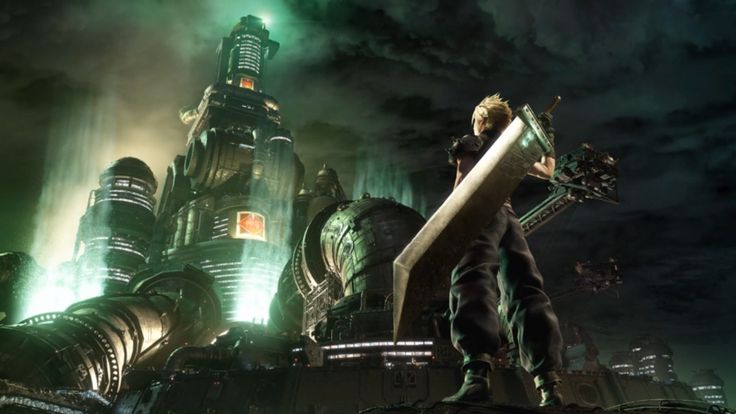How Final Fantasy XVI Blends Modern Action Combat with Classic JRPG Spirit
Introduction
Final Fantasy XVI isn’t just another step forward for the series—it’s a bold leap into uncharted territory. Gone are the purely turn-based systems of old; in their place stands a fluid, fast-paced combat experience that feels thrilling yet deeply familiar. This game proves that you can embrace modern action mechanics without losing the soul of a JRPG. From flashy combos to strategic ability swaps, every fight feels cinematic yet meaningful. It’s not just about speed—it’s about heart, about honoring tradition while rewriting the rules. Let’s explore how FFXVI makes this ambitious fusion work.

How Final Fantasy XVI Blends Modern Action Combat with Classic JRPG Spirit
Final Fantasy XVI is more than just another entry in a legendary franchise—it’s a daring reinvention. For decades, the series defined what we think of as traditional JRPG combat: turn-based battles, menus filled with spells, and time to plan your every move. But FFXVI tears down those walls and replaces them with something bold, something fast, something that feels like a dance between strategy and adrenaline. And yet, despite this shift, it never loses that Final Fantasy soul.
The first thing you notice when you pick up the controller is the speed. Combat is real-time, dynamic, and cinematic in ways the series has never dared before. Every slash of Clive’s sword, every fiery Eikon ability, feels responsive and impactful. There are no pauses, no waiting for a turn—the battlefield is alive, demanding quick reflexes and creative thinking. It’s a system that rewards skill, but it never overwhelms; instead, it invites players to master fluid combos and weave in magic with precision.
But here’s the brilliance: beneath this modern action exterior, Final Fantasy XVI still honors its JRPG roots. How? Through depth. You’re not just mashing buttons; you’re building strategies around Eikon powers, customizing ability loadouts, and adapting your playstyle for different enemies. Each battle asks you to think, not just react. That sense of progression—learning new abilities, unlocking upgrades, finding synergy—feels deeply JRPG at its core.
And then there’s the storytelling, seamlessly integrated into combat. Boss fights aren’t just fights; they’re cinematic spectacles that carry emotional weight. When Clive clashes with an Eikon, it feels like an event, a turning point in the story, not just another encounter. These moments blur the line between gameplay and cutscene, giving you that classic Final Fantasy drama while letting you stay in control.
What makes this shift so exciting is how it respects both worlds. Fans who grew up with turn-based systems may have feared losing the essence of the series—but FFXVI proves that evolution doesn’t mean erasure. It’s a bold step into action-heavy gameplay without abandoning the heart and narrative depth that define Final Fantasy.
In an industry where “modernization” often means stripping things away, Final Fantasy XVI chooses a different path: fusion. It merges the thrill of real-time combat with the strategy and soul of a JRPG, creating something that feels fresh yet familiar, innovative yet nostalgic. And for longtime fans and newcomers alike, that’s nothing short of magical.
More articles from the game Final Fantasy
More articles from the world of Nier
More articles from the Understand Souls
More articles from the game Death Stranding
🎧 Dive Into the Unknown
I’ve recorded a special podcast exploring one of the many deep theories from the world of Nier. While it’s the only episode for now, there’s so much more to discover in the articles below—until the next voice finds its way to you.


























